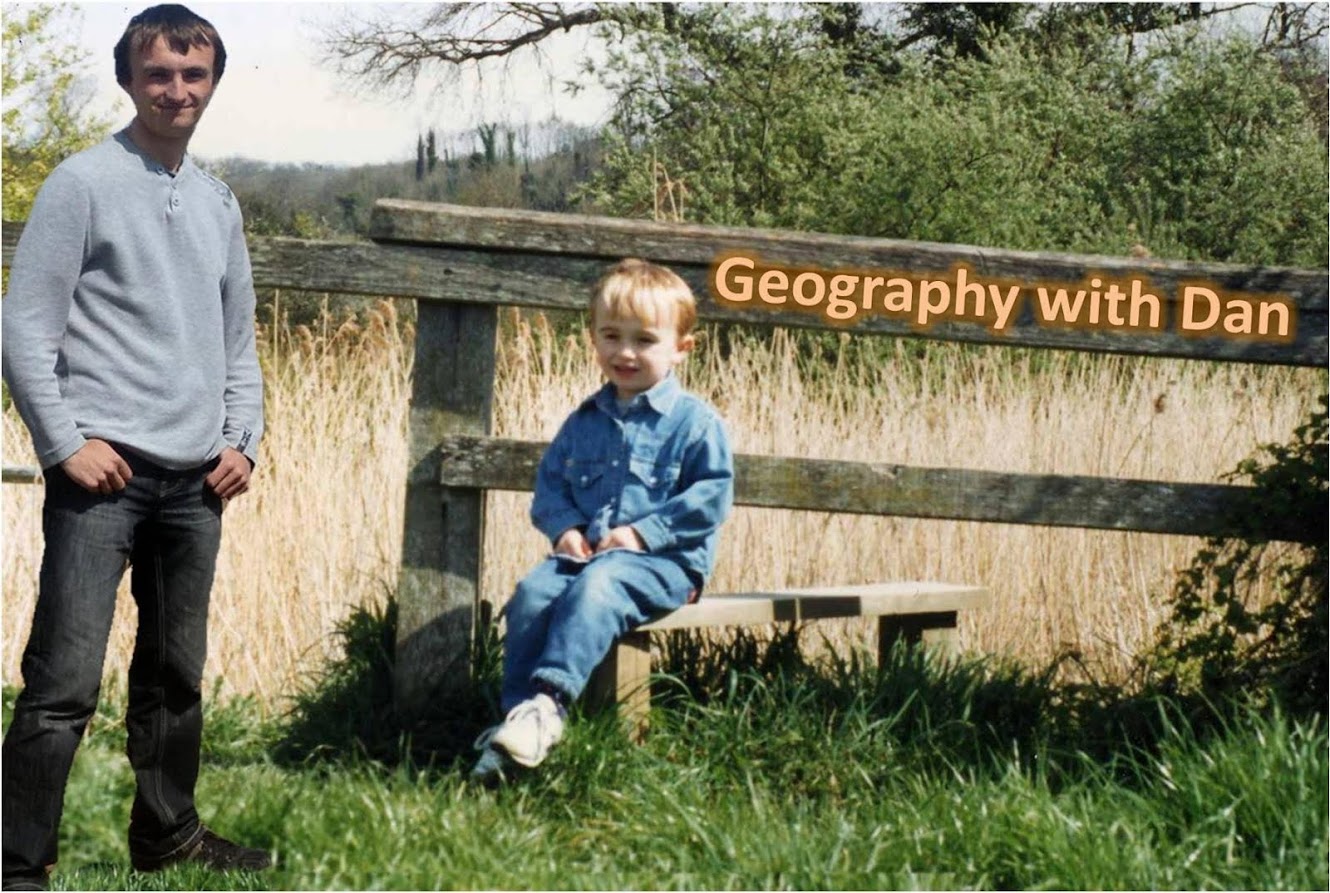And the excitement and adventure of this scholarship just keeps on getting better and better.
I was quite happy to make the early start today, as I was rather looking forward to what would be my third field trip. Today, I would be assisting Professor Guido Grosse in searching, and plotting by GPS, methane bubbles in a frozen lake. You might remember that right at the start of my stay here in Fairbanks, I went to a lecture given by Katey Walter Anthony, who explained her groundbreaking research that involved methane gas being released from the permafrost when it thaws, which actually contributes to Climate Change to an extent. The best place to collect information regarding these methane 'hotspots' is on frozen lakes, and now's the best time of year to go out on them.
I arrived at the university, ahead of schedule, which made me consider whether getting up at 6:30am was necessary after all. Fairbanks suffered another cold spell last night, with temperatures only 10 degrees F (-12 degrees C) when I left the hostel. Guido wanted to meet me at his office at 9:00am, and although slightly late, he seemed much more awake than I was. I also got the chance to meet his PHD student, Prajna Regmi from Nepal, who would be accompanying us at Goldstream Bill Lake.
I have never walked on a frozen lake, and so aside from the highly sophisticated geographical fieldwork I would be doing, the whole concept on walking on 7 inches of ice (yes, only 7 inches) was rather exciting. Goldstream Lake is a typical thermokarst lake, like so many here in Fairbanks. Meltwater from permafrost thaw causes a depression in land surface which then is able to hold a shallow freshwater lake. Typical thermokarst features such as drunken trees were present on the 'shore' of the lake and in certain areas on the surface, discoloration indicated the presence of large methane bubbles.
The task basically was to use a DGPS (Digital Global Positioning Satellite) to map where methane bubbles were on the lake. To do any work with remote GPS equipment, usually a base stand has to be set up, which was Guido's and Prajna's first job. This base unit stood in the grasses on the edge of the lake, and eventually after a moment's assembling, looked like this.
With the base set up, we were good to go with starting to map these methane bubbles. Slowly and very carefully we made our way across the lake, ensuring that we kept a fair distance between each other, to reduce the pressure on one area of the ice. When Prajna was confident that she had found one of these bubbles, then out came the data stick (it probably has a more flamboyant name though) and the position would be set.
So what do these bubbles actually look like? Well, there's many different sizes of bubble and each has their own name, chosen by Katey Walter Anthony herself. There's A, B, C and Hotspot. Don't bother asking "why not D?"! Some bubbles remained frozen under the ice today, until that is, we put the data stick on top and released the gas.
The one and only Katey Walter Anthony actually turned up herself to help out, and may I say, it was a pleasure to be working in the company of this ground-breaking researcher (or should that be ice-breaking?) She wanted to make a transect for which a systematic range of data points would be collected, which involved shovelling large portions of snow off the ice. Hard work, I'm told! It even got to the point where Guido had to take his sweater off!
Her transect actually uncovered many more bubbles; some pretty large ones indeed. As the Sun was making it's slow but sure travel across the sky, the lake ice started to thaw. We kept hearing loud cracks in the ice, but continued with the work. Occasionally I would look down and find that what was once solid ice was now a slush; the others had proper 'bunny boots' on (they're supposed to be very good) but there I was with my hiking boots. They started to get wetter and wetter, to the extent where I would have to create a mound of snow with which to stand on, whilst the others got on with the work!
Although from the picture it look like they have abandoned me, they didn't. On the contrary, I met another keen geographer called Jacob who had come to volunteer with shovelling. Just like me, he's a relative newcomer to the cold environment. We had a good little conversation, sharing each other's travelling experiences and thoughts, and he even offered me a ride back to my hostel!
Frozen lakes may not look that active, to the untrained eye. But inspect a little further, do some shovelling, explore a bit, and you'll find all sorts going on under the ice. Well, here in Alaska anyway.








No comments:
Post a Comment